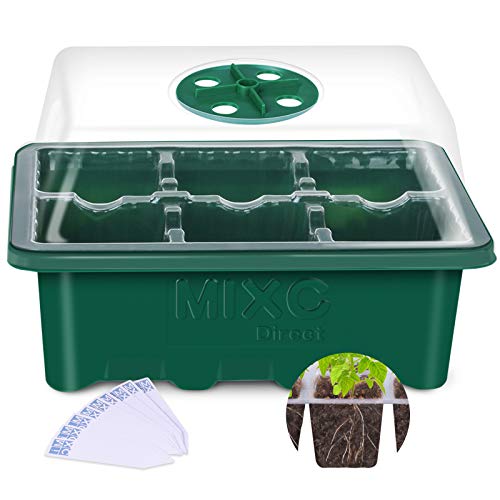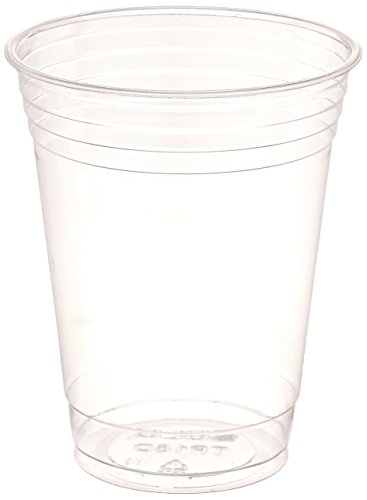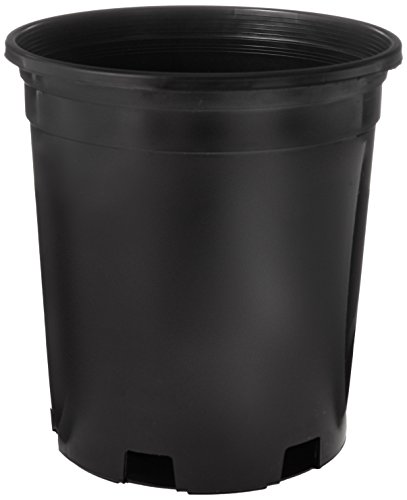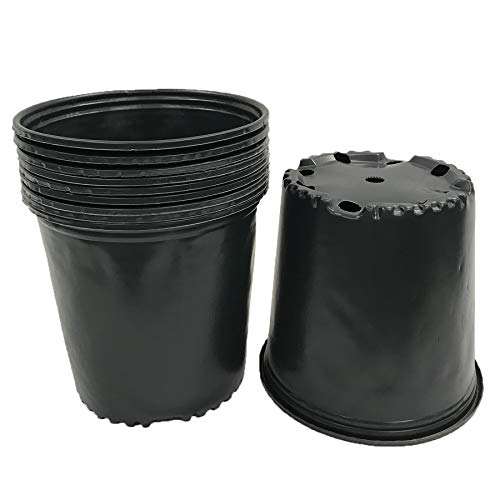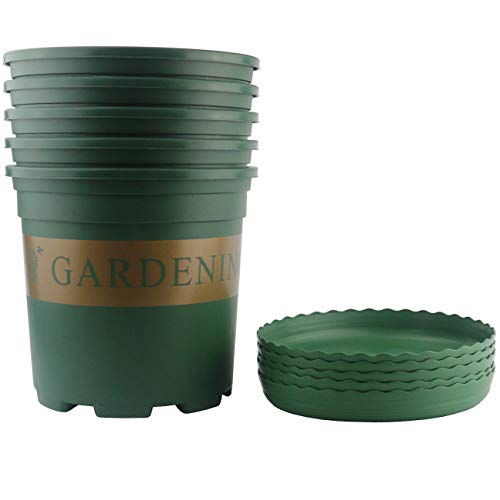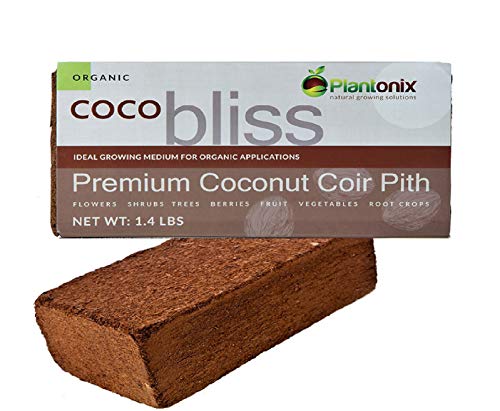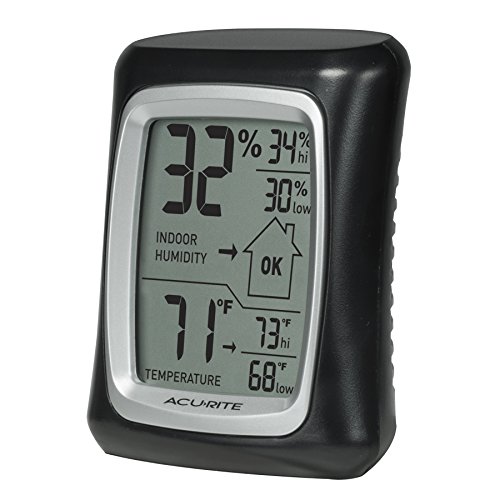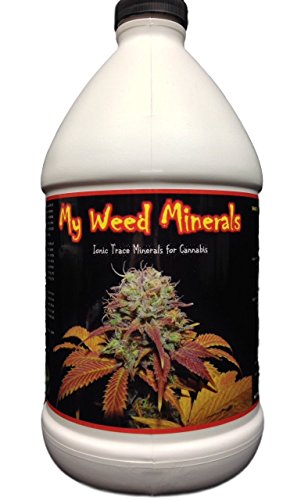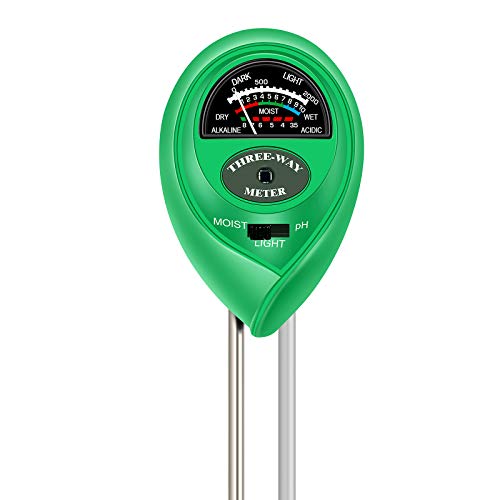How to Repot a Plant: 8 simple steps re-pot your cannabis plant? (Updated for 2023)
What is repotting & Why is it necessary?
Repotting does not simply cover the aspects of changing a plant container but also handles the phenomenon of transplants, adaptation of the new plants to the local or artificial environment or providing these plants with the conditions that suit them well for their optimum growth. It also involves changing the size of the containers as per their growing needs along with the potting medium, growing mixtures and fresh nutrients to maintain smooth growing in your garden. Generally, plant seedlings need congested environment and little inputs while you are growing to raise nursery through seeds but they need more efficient growing medium, spacing, light, water and nutrients as they grow older due to competition within the plants and they need to be transplanted or repotting to the new environment that fulfills their increasing needs of space, light, water, and nutrients to grow and develop successfully.
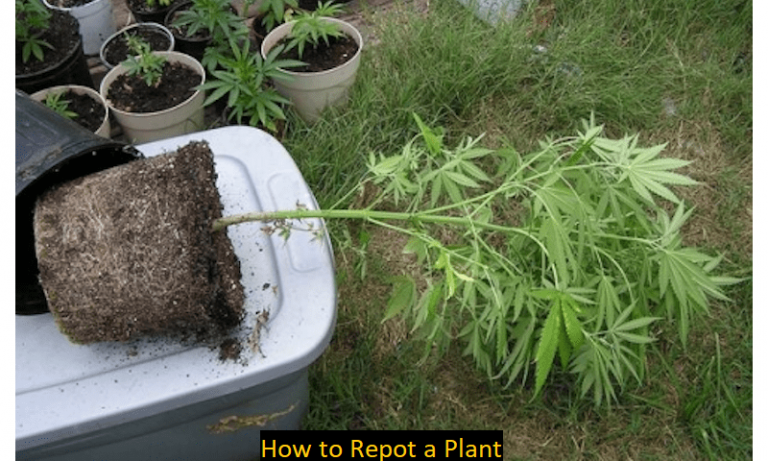
Usually, gardeners need nursery trays when they are supposed to make a start while growing from the seeds. Success depends on the type of conditions and practices adopted during growing. After it is done, they need to be shifted to new pots and ultimately transplanted into the garden soil or grow room when they are mature enough to bear the stress and climatic conditions of the open gardens.
Why do pots need to be changed?
If you notice one of these symptoms in your potted plants, then they are in the position that their pots may be changed with the relevant size.
- Roots of the potted plants are emerging out of the drainage hole located in the basement of the pot or container whereas your plant remains root-bound.
- Roots are seen near the stem of the plant and are in a position to push up the plant, out of the container is another case of root-bound plants.
- The growth of the potted plant is below the average level.
- The top of the plant grows so heavy that there are chances to fall the plant along with potter.
- The plant doesn’t retain moisture and dries out in the quick successions.
- Plant growth has exceeded the three folds more than the height of the pot.
- The deposition of salts or minerals takes place on the surface of the growing media or on the stem of the potted plants.
Repotting is required every year in the perennials while some slow-growing plants may spend the entire life cycle in the same container or pots such as Bromeliads in the indoor environment. Early spring is always the preferred time to repot Plants in the tropical strains while late autumn is best for the evergreen plants and shrubs if you want to grow them indoor.
When to re-pot your Cannabis plants?
The best repotting and transplanting time in the Cannabis is also early spring prior to starting new growth. Starting with the seeds and gradually exposing the seedling and plants to the bigger pots and severe climate is more beneficial than starting the seeds in the bigger containers, right away. Complete darkness favors maximum sprouts and root development due to geotropism. The main root also gives rise to fibrous roots and tertiary roots that absorb water and nutrients from the media for the growth and development of the entire plant. The problem arises with the small containers that roots are exposed to absorb air and light from their naked portions and move to a new direction to form a new root system that expands to form the root ball while on touching the base of the pot or wall it gets the shape of the container and becomes root bound. Rootball may sit into the base of the pot and adopt its shape limiting the absorption of moisture and nutrients necessary for plant growth and development. The roots and of the Cannabis stop growth and uptake of the nutrients become deficient that triggers the plant to become root-bound. Now the question arises when Is the Right Time to re-pot a plant? This is the exactly before your Cannabis plants are feared to be root bound and there are chances that they may stop further growth & development in an old pot. Transplant them or repot your Cannabis plants into the bigger pots, they were already growing. If you want your Cannabis to be happy and start its growth vigorously, move your rooted plants to the 3 times bigger pots they were growing already. This may increase the chances of survival and let the roots and foliage develop to its maximum potential by absorbing much-needed moisture and nutrients from the bigger area. Root hair will develop more quickly and your Cannabis plant will adopt the new growing medium and space to establish, shortly. Providing Cannabis more space to grow, maybe more rewarding to encourage the health and vigor of the transplanted plant in the shortest possible time. New-season will allow your plant to perform much better than in the root-bound space.
How to Choose the Best Pot for Plant?
You need to select 3 different types of pots in the growing process. Starting with the seeds, they must be sowed in the seedling trays or Solo cup that can keep plants erect and provide the basic essential nutrients until plants grow to the 5-leaf stage. The cup must be capable of holding the newly emerged plants even if the transplanting is delayed for a couple of days. Mini Propagator Plant Grow Kit looks ideal for this purpose.
while for the Solo cups.
This 4 to 5th leaf stage seedling must go into a bigger pot probably 1-gallon size where it should grow up to 20-25 leaves for further transplant into the bigger containers depending on the variety and conditions available. It is worth remembering that the Cannabis plant needs 2 gallons of potting soil for vegetative growth of 12 inches approximately. For premium 1-gallon & 2-gallon pots on amazon.
And 2-gallon pots.
Generally, the third container or pot is the final place that holds the plant until it matures and shows it bloom. These pots are usually bigger in size (up to 5 gallons) indoors and even bigger if you are supposed to place it outdoor or other options include to transplant the ready plant direct into the well-prepared garden soil. Ogrmar 5 Gallon Durable Nursery Pot/Garden Planter Pots may be the best choice in the bigger pot category.
How to Re-pot a Plant (step-by-step)
#1 Step 1
Initially make holes in the bottom of Solo cups, otherwise, nursery trays have already few holes underneath. Select a growing medium such as coco peat, coco coir or potting mix and fill your grow cups with a suitable mix. Plantonix Coco Coir Brick would be a better choice for organic Cannabis growers.
#2 Step 2
Start seeds directly into the nursery trays or use a Solo cup to sow 1 seed per cup. If you are using a nursery tray then place 1 seed per hole into the potting mix about 0.5 inches deep in the growing media and push gently after putting growing mix to the upper surface of seeds.
 #3 Step 3
#3 Step 3
Place Solo cups under shade or in a dark place that maintains the temperature between 71.0 °F to 80.0°F and keep it soggy till the germination starts. The germination site must be fully ventilated as well.
 #4 Step 4
#4 Step 4
Seed germination is initiated on 3rd day while they must complete the germination process in about 5 days if the seeds were viable and healthy.
#5 Step 5
Don’t water until the germination is fully completed.
#6 Step 6
Apply very little watering and Let the sprouts reach 4-5 leaf stage.
#7 Step 7
Transfer seedlings into a bigger pot (1 gallon) that would hold them further until they reach 25 leaf stage and gain some reasonable height for out planting or moving into the final stage containers. Keep them watering following regular intervals along with applying essential nutrients needed for their speedy growth.
#8 Step 8
Select a suitable indoor location and move into the final pots with a bigger size around 5 gallons for the indoor plants, 10-15 days ahead of the flowering stage. In the case of outdoor planting, choose a well-drained sunny location in the garden.
Repotting a cannabis plant (step-by-step):
Flowering starts in around 2 weeks after you are done with the final transplant and time to be patient and take care of your plants by giving them well-suited nutrients and watering them as and when needed.
How to take care of a cannabis plant after repotting?
There are several factors that work side by for the successful growth of the Cannabis plants indoors and in the out gardens that include temperature, moisture, oxygen along with nutrients and a balanced pH. Under ideal conditions, Cannabis will grow vigorously to yield awesome harvests for you while you are in charge of yourself to handle and monitor these factors if you are growing indoors.
- Cannabis plants are adaptable to grow between the temperature ranges of 68–86°F during its life cycle while a slightly low temperature is favorable during the flowering stage. You can have a portable single device that measures both temperature and humidity like AcuRite 00325 Indoor Thermometer & Hygrometer with Humidity Gauge.
- Cannabis plants love hot, humid conditions that’s why they need to be continuously watered for the good harvest. Roots are prone to injury when they don’t have sufficient moisture to absorb nutrients and convey them to the parts of the plants where needed. Good moisture is the guarantee that the plant will keep on growing smoothly and perform better.
- Nutrients are the next that are derived from the potting mix or soil in the presence of good moisture and conveyed to the different parts of the plants. Apply suitable nutrients that plant absorbs instantly and reflects towards its growth. Vegetative growth and budding are dependent on the availability of nutrients in the root zone. My Weed Minerals would be the best micronutrient for root growth and successful budding.
- Oxygenate roots by using permeable growing media that provides maximum Oxygen to the root zone for rapid and smooth growth.
- A pH of growing media is as important as all the above 4 factors because the actual uptake of water and nutrients takes place only if the pH of the growing media or soil is optimum. Cannabis does well in slightly acidic media in the range of 6 to 6.9. Correct the pH of the growing media from time to time and enjoy lovely sprouts and healthy plants indoor and outdoor.
Atree Soil pH Meter, 3-in-1 stay no.1 gardeners’ choice for indoor & outdoor pH measurements.
Benefits of repotting plants
The process of repotting gives a new life to the microclimate and the plants that enjoy the luxury of having new potting mixtures, more space to grow, more oxygen to absorb for their roots system along with ample supply of moisture for the longer periods and added nutrients to grow successfully. They enjoy colossal health and protection from the root borne diseases and pest attacks. Poor media is replaced while they get fresh nutrients and microclimate for further growing into that media without the addition of extra nutrients. Do remember that the Cannabis plant needs heavy feeding along with abundant moisture supplies throughout their growing period that can be applied through slow-release water-soluble fertilizers and micronutrients to the growing media.
Is a root-bound cannabis plant always unhealthy?
Root-binding could be a serious issue before or during flowering as it may decrease your yield drastically. Buds, leaves and stem growth may become distorted that may lead to Cannabis death. Roots do not simply anchor plants but root hairs absorb nutrients and moisture from the growing media that adds into the vegetative growth of the Cannabis plants. When plants become round bound, an immediate transplant becomes necessary to keep your plant growing in the bigger media where they would increase their fibrous root system to provide nutrients supply to the plant foliage. Things will improve while plats come out of the round bound effect once you have moved your Cannabis plants to the bigger pots with fresh nutrients supply and provided them more space to grow.
How do cannabis plant roots grow?
After the germination starts, roots are the first part of the plant that comes intact with the potting mixtures and start searching for food through absorption. The expansion in the roots is directly related to the vegetative growth of the plant that is dependent on the conditions to which roots are exposed in any growing media and their capacity to absorb water and nutrients that are in turn transported for the vegetative growth of the plants while the root expansion takes place by developing secondary and tertiary root system. Whenever there is some hindrance in further development in the roots due to space or limitation of moisture, nutrients, oxygen, and imbalance in the pH of the growing media the Cannabis plants become root-bound and stop further growth that decreases the bud formation and retards flowering resulting in the bad harvests.

